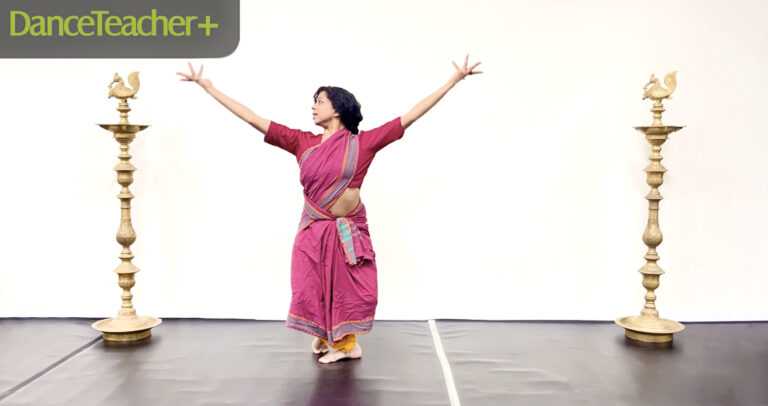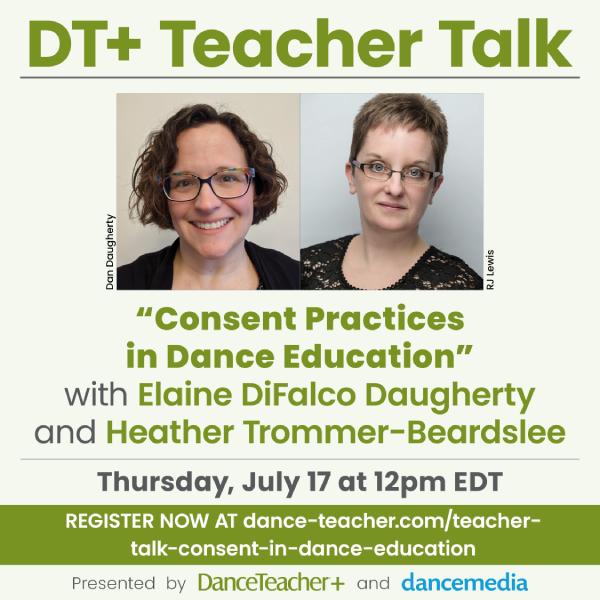Choreographer Dana Tai Soon Burgess places the intersection of art and culture front and center in his dancemaking. “It’s important for us to use our history as a lens for viewing contemporary life,” says the son of a Korean-American mother and a Scottish-Irish-American Asian history scholar father.
This month, his Washington DC–based company Dana Tai Soon Burgess & Co. will present two works at Dance Place: Charlie Chan and the Mystery of Love, a piece inspired by the Chinese-American television detective whom young Burgess thought could solve the mysteries of his multicultural upbringing, and Island, an earlier work that chronicles the Chinese immigrant experience at Angel Island in California. “These works show the diversity of the Asian-American experience and are united by the feeling of exclusion,” he says.
Burgess is also an associate professor of dance at his alma mater, George Washington University, where he teaches modern technique and composition, and he has served as an American Cultural Specialist for the U.S. State Department. Next spring, Burgess will tour with his company to Mongolia and Uzbekistan.
Florian Roullier (in black) and Ricardo Alvarez performing Burgess’ Island
Dance Teacher: Much of your work is based on historical events and auto-biographical detail. How do you source material, while doing justice to the people, places and times involved?
Dana Tai Soon Burgess: I don’t start until I feel that I have read enough or interviewed scholars on the subject. Then I find the common link to a historic event, such as a personal story or character who could be someone we all might have known, gotten along with and felt empathetic to.
DT: Your company’s mission is to build cultural and ethnic connections and understanding through dance. How do you measure your success?
DTSB: There have been many epiphany moments. One in particular occurred in Peru. We were touring Tracings, a piece about my Korean descendants’ history as a Hawaiian plantation family. After our first show, a crowd of Japanese Peruvians came backstage to express their connection to the work—their families had immigrated to Peru as agricultural workers. This expanded my view of Asian-American to “Asian Americas.” Above all, I hope that audiences walk away questioning their role in society.
DT: You also make sure that your company members reflect a multicultural voice. Why is this important?
DTSB: I enjoy getting to know every dancer’s story; it becomes material for choreography. Each dancer’s background informs who they are as individual movers. I love to study these diverse movement qualities. It takes me out of my movement zone and allows me to craft more exciting three-dimensional work.
DT: Why do you feel that dance is the best medium for expanding viewpoints?
DTSB: Dance is a universal language; we all express ourselves through movement, from a handshake to a wave to a hug. Dance is the one language that has the capacity to bridge sociopolitical differences. It allows us to find a common ground regardless of what language we speak. It allows us to celebrate, tell our stories and show what tribe or culture we come from. DT
Nancy Wozny reports on arts and health from Houston, TX. She was a 2010 scholar in residence at Jacob’s Pillow Dance Festival.
Photo by Mary Noble Ours, courtesy of Dana Tai Soon Burgess





